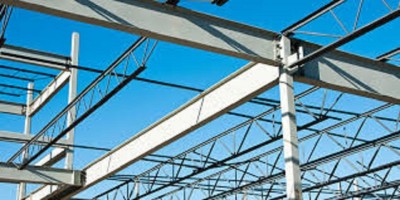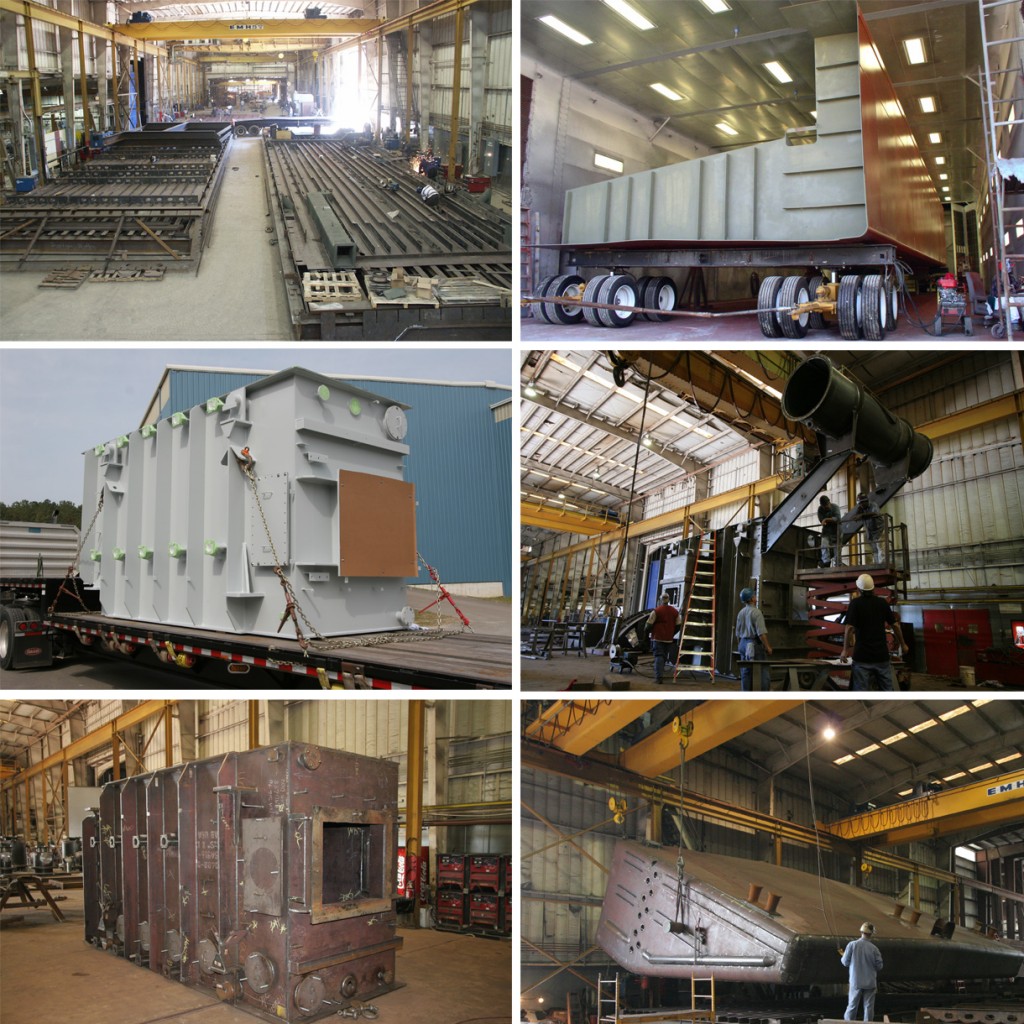Ideal Steel Fabricators Melbourne: Transforming Ideas right into Truth
Ideal Steel Fabricators Melbourne: Transforming Ideas right into Truth
Blog Article
Cutting-edge Fads in Steel Fabrication: Enhancing Durability and Precision
In the realm of steel fabrication, the search of toughness and precision has actually led to a wave of ingenious fads that are improving the market. These fads are not simply forming the present but likewise laying the groundwork for the future of steel manufacture, promising additional improvements in toughness and precision.
Advanced Welding Technologies
In the world of steel construction, the adoption of sophisticated welding innovations has actually dramatically revolutionized the sector's approach to accomplishing remarkable quality and accuracy in architectural welds. Advanced welding innovations, such as laser light beam welding and rubbing mix welding, have actually arised as game-changers in the area. By leveraging these sophisticated welding strategies, steel makers can elevate the sturdiness, toughness, and precision of their structural welds, satisfying the significantly demanding requirements of contemporary construction jobs.
Robotic Automation in Fabrication
Embracing robot automation has actually come to be a foundation of modern steel construction practices, streamlining processes and boosting efficiency across the sector. Robots are changing the way steel parts are manufactured, offering unparalleled precision and rate while lowering human error. These automated systems can manage repeated tasks with consistent accuracy, resulting in greater quality final result.
One secret advantage of robot automation in steel manufacture is the capacity to work around the clock without exhaustion, significantly increasing production result. This constant operation decreases downtime and speeds up project timelines, inevitably conserving costs for producers. Additionally, robots can be configured to perform complex jobs that might be unsafe or tough for human workers, boosting security in the office.
Furthermore, robot automation enables seamless assimilation with various other electronic technologies, such as computer-aided style (CAD) software program and Internet of Points (IoT) systems (steel fabricators melbourne). This interconnected technique enhances interaction in between various stages of construction, enhancing workflows and making certain real-time tracking and control. As the steel manufacture sector remains to develop, robot automation stands apart as a transformative pressure driving effectiveness and accuracy in producing procedures

High-Strength Alloy Advancement
The advancement of high-strength alloy advancement in steel fabrication is reshaping the sector's method to boosting material longevity and performance. High-strength alloys are crafted to exhibit premium mechanical buildings, such as boosted tensile strength, strength, and deterioration resistance compared to traditional steel qualities. By incorporating these advanced alloys right into manufacture processes, manufacturers can create components that hold up against greater tension degrees and severe environments, bring about more trusted and resilient final result.
One key benefit of high-strength alloy advancement is the capacity to minimize product thickness without compromising structural honesty. This not just causes lighter-weight parts but additionally adds to cost financial savings and enhanced efficiency in manufacture and assembly processes. In addition, the improved strength-to-weight proportion of these alloys permits the layout and building and construction of frameworks with greater load-bearing abilities while minimizing total weight.
3D Modeling and Simulation Software Program
Advancements in steel construction procedures have been substantially thrust by the combination of cutting-edge 3D modeling and simulation software application devices. These tools enable producers to develop detailed virtual models of their projects, enabling them to visualize the end product with accuracy before any type of manual labor begins. By simulating different stress variables, environmental conditions, and architectural loads, fabricators can maximize styles for improved sturdiness and performance. Furthermore, 3D modeling and simulation software program streamline the production process by determining potential concerns early, lowering the need for costly rework and lessening material waste.

Sustainable Practices in Steel Production
Including lasting methods into steel manufacturing procedures is important for minimizing environmental influence and ensuring long-term resource schedule. One vital sustainable method is the adoption of energy-efficient modern technologies to decrease greenhouse gas exhausts throughout the steel production procedure. This consists of using renewable power resources, such as solar discover here or wind power, to power steel plants and executing energy-efficient devices to optimize power use.
Another critical aspect of sustainable steel manufacturing is the responsible sourcing of basic materials. This involves making certain that the iron ore and various other resources made use of in steelmaking are acquired from ethical and eco-friendly sources. By promoting transparency in the supply chain and adhering to rigorous environmental standards, steel manufacturers can minimize the unfavorable impacts of resource removal on local ecological communities find this and areas.

Final Thought
Finally, the ingenious trends in steel fabrication such as sophisticated welding modern technologies, robot automation, high-strength alloy development, 3D modeling and simulation software, and lasting methods are enhancing the longevity and precision of steel products. These developments are revolutionizing the steel construction sector by boosting quality, performance, and sustainability. It is clear that the future of steel construction hinges on embracing these advanced innovations to fulfill the demands of contemporary important source building and manufacturing sectors.
In the world of steel construction, the pursuit of sturdiness and precision has actually led to a wave of ingenious patterns that are reshaping the market.In the world of steel construction, the fostering of cutting-edge welding modern technologies has substantially reinvented the industry's approach to accomplishing exceptional quality and accuracy in architectural welds. As the steel construction industry proceeds to advance, robotic automation stands out as a transformative force driving efficiency and precision in manufacturing procedures.
Additionally, reusing and recycling steel scrap and waste products play a substantial function in improving the sustainability of steel manufacturing. steel fixing.In verdict, the innovative trends in steel fabrication such as sophisticated welding technologies, robotic automation, high-strength alloy growth, 3D modeling and simulation software, and lasting practices are boosting the resilience and accuracy of steel products
Report this page